watering container bamboo
trc79
18 years ago
Related Stories

CONTAINER GARDENSContainer Garden Basics: How and When to Water Potted Plants
Confused about soil moisture, the best time to water and what watering device to use? This guide can help
Full Story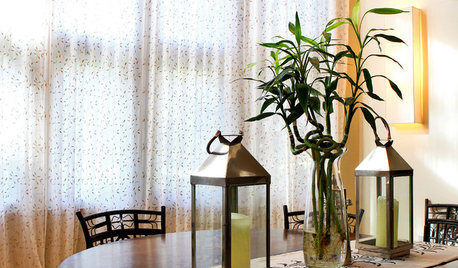
DECORATING GUIDESImprove Your Style Fortune With Lucky Bamboo
Serve this versatile plant straight up or with a twist for auspicious living decor that thrives without soil
Full Story
LANDSCAPE DESIGNSmall Garden? You Can Still Do Bamboo
Forget luck. Having bamboo that thrives on a wee plot just takes planning, picking the right variety, and keeping runners in check
Full Story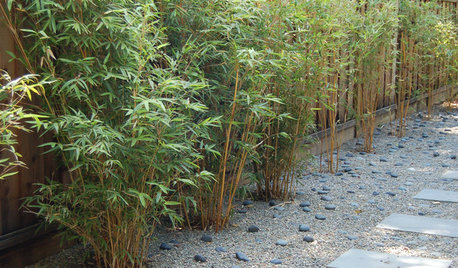
GARDENING GUIDESGreat Design Plant: Alphonse Karr Bamboo
Bamboo gets a bad rap in the garden, but this clumping variety creates an exotic landscape look with less aggressiveness
Full Story
GREEN DECORATINGBamboo Products — Earth Friend or Foe?
The ecofriendliness of this grass for flooring, wall coverings and furniture isn't cut and dried. Get the facts here
Full Story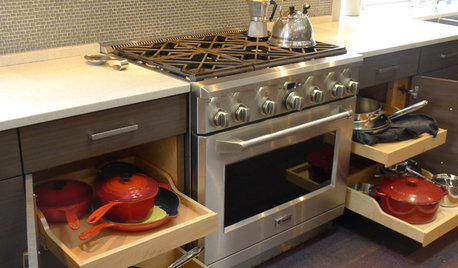
KITCHEN STORAGEKitchen of the Week: Bamboo Cabinets Hide Impressive Storage
This serene kitchen opens up to reveal well-organized storage areas for a family that likes to cook and entertain
Full Story
FARM YOUR YARDHow to Grow Vegetables in Containers
Get glorious vegetables and fruits on your patio with a pro’s guidance — including his personal recipe for potting mix
Full Story
CONTAINER GARDENS7 Deer-Resistant Flowers for Your Summer Containers
Grow these as protection for edibles or just for their colorful beauty — deer might not like them, but everyone else will
Full Story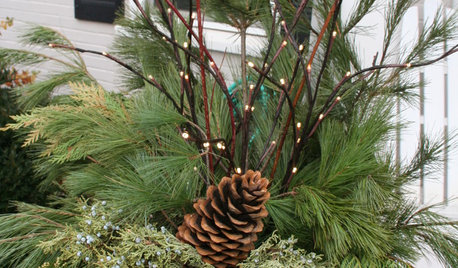
DECORATING GUIDESDeck Your Containers With Holiday Cheer in Half an Hour
Have 30 minutes and some seasonal greenery? You can put together festive garden pots to last through winter
Full Story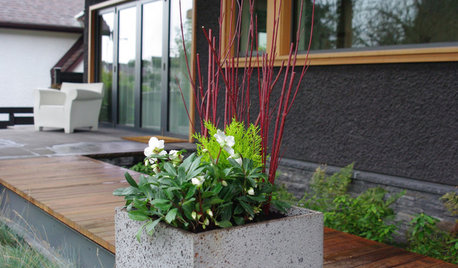
WINTER GARDENING7 Container Plantings to Bring Winter Gardens to Life
Adding instant color but with long-lasting practicality, these plant groupings are bright spots in a slumbering wintertime garden
Full Story





kudzu9
kentuck_8b
Related Professionals
Williamsburg Landscape Contractors · Bedford Landscape Contractors · Euclid Landscape Contractors · Flagstaff Landscape Contractors · Fuquay-Varina Landscape Contractors · La Verne Landscape Contractors · Mequon Landscape Contractors · Pine Hills Landscape Contractors · Oxon Hill Landscape Contractors · Broadview Heights General Contractors · Chillicothe General Contractors · Jacinto City General Contractors · Norridge General Contractors · River Edge General Contractors · Westmont General Contractorstrc79Original Author
kudzu9
cactusjoe1
steve_nw
koniferkid_nj
brucelofland
kentuck_8b